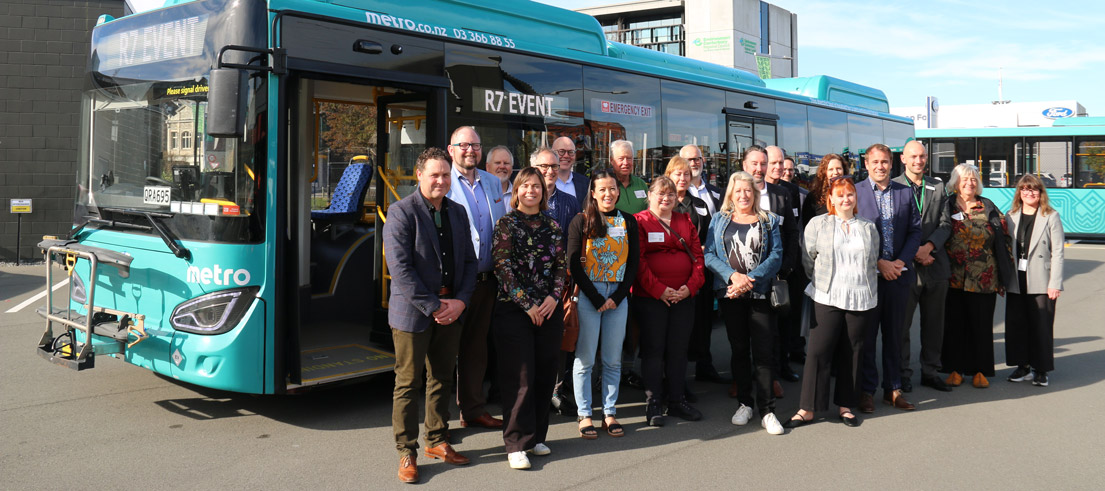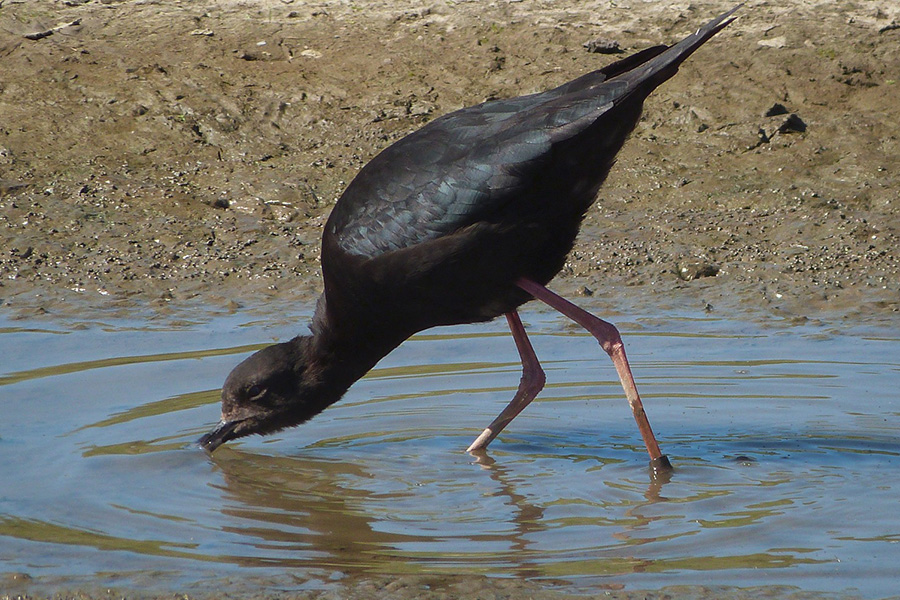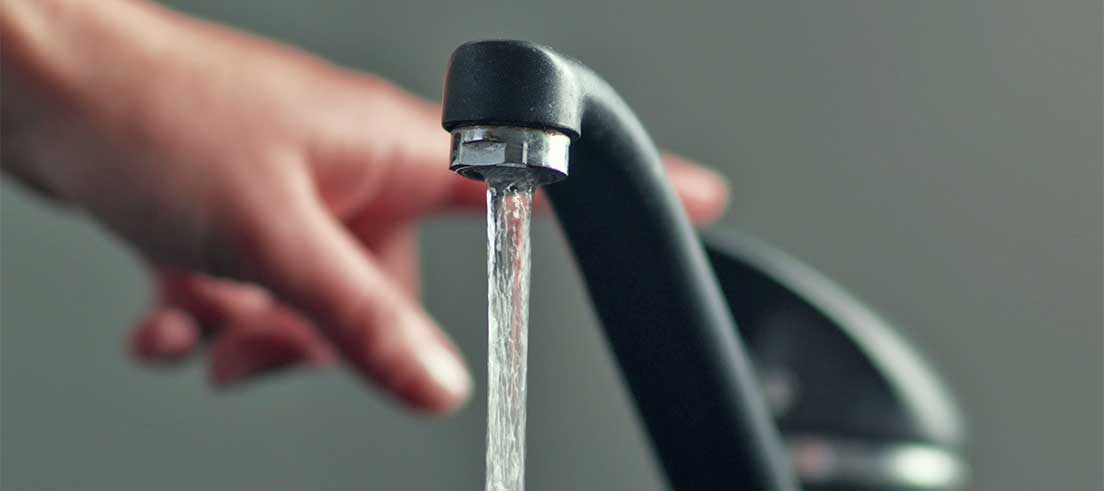Source:
Route change part of wider improvements
The change to Route 7 is part of a larger collaborative project to improve public transport that includes additional infrastructure delivered by our partners Christchurch City Council and NZTA. This includes 10 bus stop upgrades, a new bus parking space and continuous bus priority lanes on Halswell Road between Dunbars Road and Moorhouse Avenue.
Customers travelling back and forth from Halswell may experience some delays travelling down Halswell Road as a result of these upgrades.
“We want to thank customers for their patience as our partners work to deliver these upgrades. We’re excited to have these additional elements on offer once the project is complete in October 2026,” Public Transport acting general manager Sonia Pollard said.
“We recognise the frequency change is part of what customers have been asking for on this route – we will continue to bid for funding so other changes can also become a reality,” she added.
NZTA is currently funding 51 per cent of the net cost of the frequency increase on a trial basis until June 2027, the rest is funded through rates and fares.
“We expect running a better service will be popular and well used, and that this will strengthen our case for further and more permanent investment,” Sonia said.
Environment Canterbury © 2025
Retrieved: 6:37pm, Tue 29 Apr 2025
ecan.govt.nz/get-involved/news-and-events/2025/ready-set-go-every-10-minutes-on-route-7/



